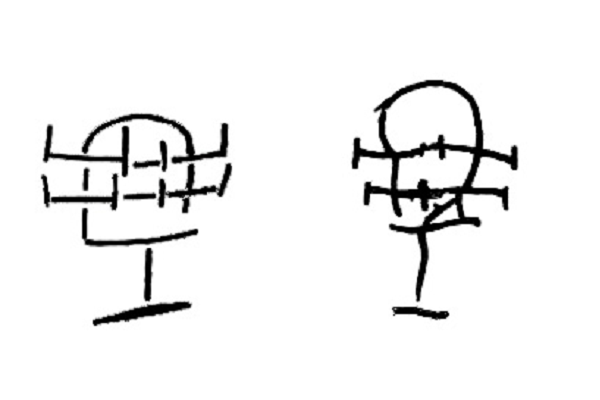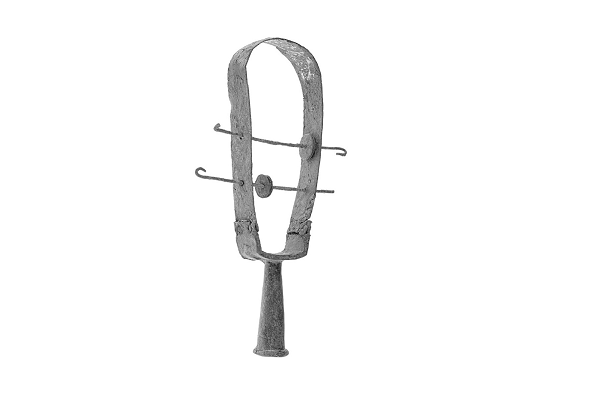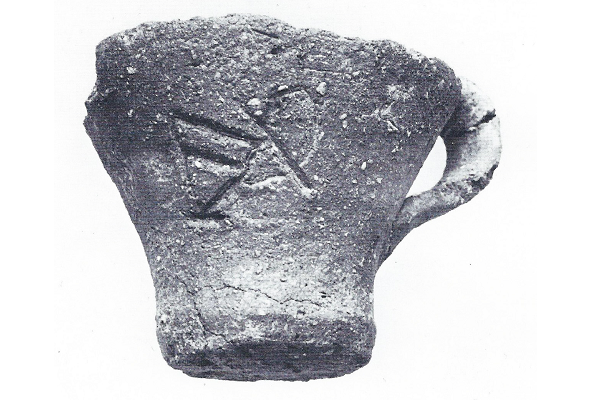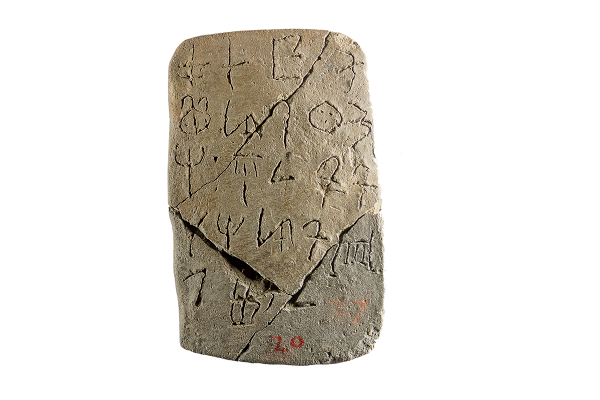
Barbara Montecchi
University of Bologna
To What Extent is Linear A ‘Linear’?
Abstract
Soon after their discovery in the Palace of Knossos, A. Evans put an effort in explaining the relationships existing among the three scripts attested on Crete during the second millennium BCE in strict evolutionary terms, from the “primitive pictographic system, the hieroglyphic” to the “advanced linear systems of Classes A and B”. Nevertheless, if Evans’ terminology has become traditional, and the three scripts are still called Cretan Hieroglyphic, Linear A and Linear B, his evolutionary view can nowadays only apply to the last one, which is also the only one that has been deciphered. This is a syllabic system used to register an early phase of ancient Greek (Mycenaean Greek), whose graphic repertoire has been proved to have largely derived from Linear A.
The relationship between the earliest Cretan scripts, namely the Hieroglyphic and Linear A, is far less clear. First, this is because they coexisted for a long period. Second, because the two scripts also share a number of similar features, which sometimes makes it difficult to establish whether an inscription belongs to one or the other system. Despite having been branded as ‘pictographic’, the Cretan Hieroglyphic graphic repertoire is not entirely picture-based, as much as Linear A is not entirely linear or geometrical. Even the earliest attestations of script on Crete (dated to the end of the third millennium BCE) can be interpreted as either, or as a proto-script from which both Cretan Hieroglyphic and Linear A would have derived.
The aim of the present talk is to shed light on the graphic characteristics of the Linear A repertoire and to highlight that the label “linear” can be still justified as far as the orientation of the signs is concerned, but not entirely as to the shape of the signs. One of the peculiarities of the Cretan Hieroglyphic system is that the signs can be freely rotated and flipped, while this phenomenon is far less common in Linear A. Nevertheless, if we focus on the shapes of Linear A sign and we group them in sings which appear as a simplification/schematization of Cretan Hieroglyphic signs, and signs which are only attested on Linear A, we notice that the second group is mainly made up of picture-based, not geometric signs.
Images Related to the Talk

A 321

Sistrum

KE Zb 3

HT 20

